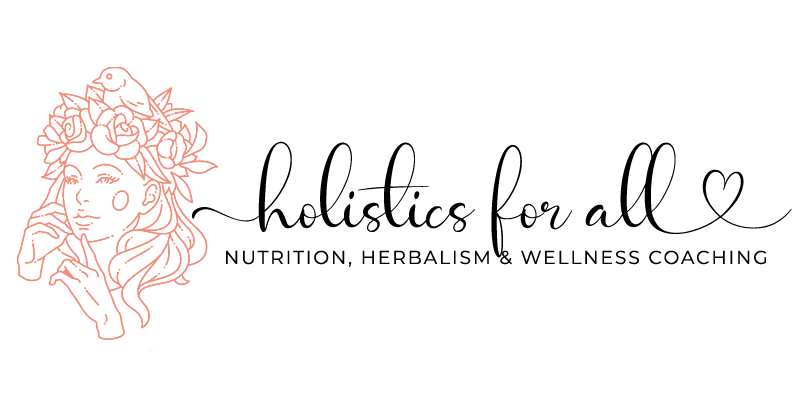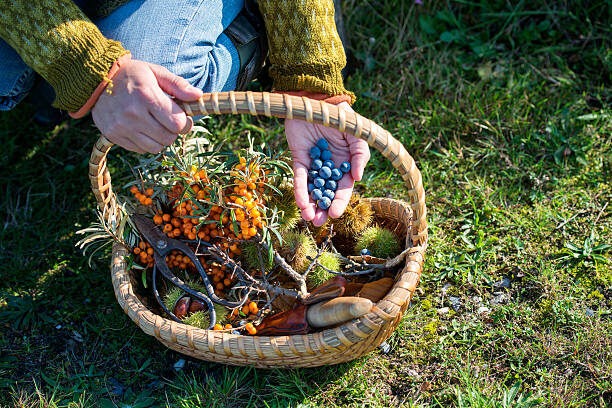Wildcrafting Methods For Plant Life Sustainability From Their Natural Habitats

Nature is abundant with many healing herbs that have been used for centuries to support our health and well-being. Wildcrafting Methods
WildCrafting, the art of harvesting and utilizing wild herbs, allows us to reconnect with nature’s medicine and incorporate it into our everyday lives.
We will explore the fascinating world of WildCrafting, learn about sustainable harvesting practices, and discover how to incorporate wild herbs into our daily routines for improved health and vitality.
Understanding Wildcrafting Methods
WildCrafting is the practice of responsibly gathering herbs, plants, and other natural materials from the wild. It is an ancient tradition that has been passed down through generations, offering a way to connect with the natural world and its healing properties.
Before embarking on a WildCrafting adventure, it’s essential to learn about the local flora, plant identification, and sustainable harvesting techniques to ensure we do not harm the ecosystem.
Sustainable Harvesting
Sustainable harvesting is a crucial aspect of Wildcrafting (Wildcrafting Methods) that ensures the long-term availability and conservation of wild herbs.
By following sustainable practices, we can protect the environment, preserve plant populations, and support the overall health of ecosystems.
Here are some fundamental principles and guidelines to consider when engaging in sustainable harvesting:
Take only what you need
Harvesting responsibly means gathering an appropriate amount of herbs without depleting the entire population. Avoid over-harvesting by considering the needs of the plants, as well as your personal requirements. Taking only what is necessary allows the remaining plants to continue thriving and reproducing.
Identify abundant species
Focus on harvesting herbs that are abundant in your local area. These plants are typically more resilient and can withstand harvesting without significant population decline. Prioritize common species and avoid collecting from plants that are rare, endangered, or protected.
Respect plant populations
When harvesting, pay attention to the overall health and vitality of the plant population. If you notice a decline in the number of plants or signs of stress, it may be a sign that the population is being over-harvested. In such cases, it’s essential to avoid collecting and allow the plants to recover.
Know your ecosystem
Learn about the particular habitat you intend to harvest from. Recognize the connections between plants, animals, and the environment in an ecological context. When choosing where and when to gather, you may minimize any unfavorable effects on the ecosystem by using this knowledge. Wildcrafting Methods
Leave no trace
Practice “leave no trace” principles by minimizing your environmental impact. Be mindful of your surroundings, avoid trampling on plants or disturbing wildlife habitats, and leave the area undisturbed after harvesting. Respecting the natural balance ensures the continued health and diversity of the ecosystem.
Avoid pollutants and contaminants.
Choose harvesting locations that are free from pollutants, such as pesticides, herbicides, or industrial runoff. These substances can negatively affect the quality and safety of your collected herbs. If you are uncertain about the cleanliness of an area, it’s best to find an alternative location.
Support regrowth and propagation.
Promote the regeneration of the plants you harvest by encouraging their propagation. Scatter seeds or carefully transplant seedlings, following appropriate guidelines to ensure successful growth. By nurturing the plant populations, you contribute to their sustainability and future availability.
Identifying Wild Herbs
Correctly identifying wild herbs is essential to ensure their safe and effective use. Invest time in learning about the spices native to your region, their distinctive features, and their medicinal properties.
Field guides, online resources, and local workshops can be valuable sources of information. Remember, if you are uncertain about a plant’s identification, it’s best to err on the side of caution and seek guidance from an experienced herbalist or botanist.
Harvesting and Drying
Timing is crucial when harvesting wild herbs. Learn about each plant’s lifecycle and when its medicinal properties are most potent. Gathering in the morning, after the dew has dried, is often recommended.
To make clean cuts and reduce damage while being careful with the plants, use a pair of sharp scissors or a knife. To ensure adequate drying, hang the herbs in small bunches after harvesting, away from direct sunlight, in a dry, well-ventilated area. Herbs that have been correctly dried can be stored in airtight containers for later use.
Utilizing Wild Herbs
Once you have responsibly harvested wild herbs through the practice of WildCrafting, the next step is to discover the various ways you can incorporate them into your everyday life.
Wild herbs offer a treasure trove of flavors, aromas, and therapeutic properties that can enhance your well-being. Here are some ideas for utilizing wild herbs:
Herbal teas and infusions
One of the simplest and most popular ways to enjoy the benefits of wild herbs is by brewing them into herbal teas or infusions.
Select your favorite herbs or experiment with different combinations to create unique flavors and therapeutic effects. Steep the dried or fresh herbs in hot water for several minutes, strain, and sip your way to relaxation, digestion support, or immune system boost.
Culinary delights
Wild herbs can add depth, aroma, and nutritional value to your culinary creations. Whether you’re preparing soups, stews, salads, sauces, or marinades, consider incorporating dried or fresh wild herbs for an extra burst of flavor.
Herbs like rosemary, thyme, mint, and oregano can elevate your dishes and provide a touch of the wild.
Herbal remedies
Many wild herbs possess medicinal properties that have been valued for centuries. Explore the world of herbal remedies by creating tinctures, salves, oils, or herbal extracts. For example, you can infuse wild herbs into carrier oils, such as olive or coconut, to create soothing balms for skin irritations or muscle tension.
You can also make alcohol-based tinctures by macerating herbs in high-proof alcohol, which can be used for various purposes like immune support, digestive aid, or relaxation.
Aromatic experiences
The fragrant qualities of wild herbs can create a serene and uplifting atmosphere in your living spaces. Dried herbs can be used to make potpourri or herbal sachets that can freshen up your drawers, closets, or rooms.
Additionally, you can create herbal bath blends by adding dried herbs to a warm bath for a relaxing and aromatic experience.
Herbal beauty products
Incorporate wild herbs into your skincare and haircare routines. Create homemade herbal face masks, herbal-infused oils for massages or hair treatments, or natural herbal toners and cleansers.
Wild herbs like chamomile, lavender, calendula, and rosemary can offer their soothing and rejuvenating properties to your beauty regimen.
Herbal smudging and incense
Some wild herbs, such as white sage or sweetgrass, have long been used in smudging rituals to purify and cleanse spaces. You can bundle dried herbs together and burn them as smudge sticks or use them as incense to create a serene and sacred ambiance.
Conclusion
WildCrafting offers us a beautiful way to connect with nature, harness its healing power, and incorporate wild herbs into our everyday lives.
By practicing sustainable harvesting, understanding plant identification, and exploring the diverse ways to use these herbs, we can enhance our well-being while fostering a deeper appreciation for the natural world around us.
So, embark on a WildCrafting journey and let the wisdom of the wild guide you towards a healthier and more vibrant existence. Wildcrafting Methods

